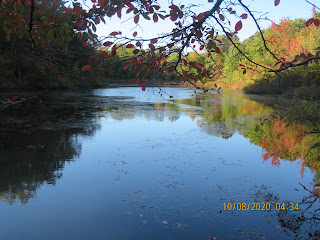First beavers and now bobcats on NYC's Bronx River!
The bobcat (Lynx rufus), also known as the red lynx, is a medium-sized cat native to North America from southern Canada, most of the contiguous United States to Oaxaca in Mexico. It is listed as Least Concern on the IUCN Red List since 2002, because it is widely distributed and abundant. Although it has been hunted extensively both for sport and fur, populations have proven resilient though declining in some areas.[1]
It has distinctive black bars on its forelegs and a black-tipped, stubby (or "bobbed") tail, from which it derives its name. It is smaller on average than the Canada lynx, with which it shares parts of its range, but is about twice as large as the domestic cat. It is an adaptable predator inhabiting wooded areas, as well as semidesert, urban edge, forest edge, and swampland environments. It remains in some of its original range, but populations are vulnerable to local extinction ("extirpation") by coyotes and domestic animals. Though the bobcat prefers rabbits and hares, it hunts insects, chickens, geese and other birds, small rodents, and deer. Prey selection depends on location and habitat, season, and abundance. Like most cats, the bobcat is territorial and largely solitary, although with some overlap in home ranges. It uses several methods to mark its territorial boundaries, including claw marks and deposits of urine or feces. The bobcat breeds from winter into spring and has a gestation period of about two months.




















































